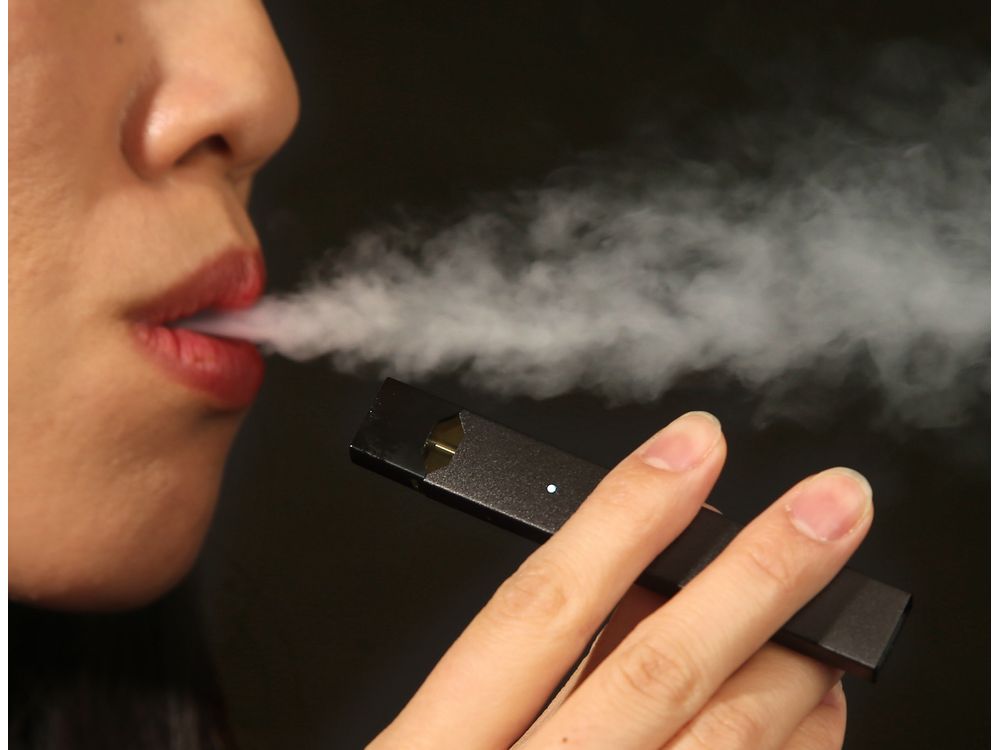You are here
Home 🌿 Cannabis Technology News 🌿 Health Canada warns that flavouring agents in vaping products are “untested” 🌿Health Canada warns that flavouring agents in vaping products are “untested”

Health Canada is warning Canadians that the ingredients used to flavour some vaping products have not been tested to establish if they can be safely inhaled, although the federal department reports it’s working towards rectifying the issue.
“The inhalation of flavours — this happens with electronic cigarettes— it did not exist before this,” Mathieu Morissette, a researcher at the University Institute of Cardiology and Respirology of Quebec, and a professor at the Faculty of Medicine at l’Université Laval, told the Canadian Press.
Morissette estimated there are as many as 7,000 different potential flavouring ingredients. “There is no data on it,” he added.
Health Canada has previously issued advisories regarding vaping, including one in September that cautioned the public of the potential risk of pulmonary illness associated with vaping products.
“It is important for Canadians to know that vaping does have health risks and that the potential short- and long-term effects of vaping remain unknown. Non-smokers, people who are pregnant and young people should not vape,” the regulator Canada cautioned. “Canadians are reminded that the purchase of vaping products outside the legal market are not subject to any controls or oversight and may pose additional risks to health and safety,” it noted.
For those who prefer vaporization over smoking, however, vape cartridges — flavoured or otherwise — consumers have other options.
Many vapes on the market can be packed with dried flower. Examples include the PAX 2 and PAX 3, which can handle both loose leaf and extracts, and various models by Arizer, which are used with dry herb as opposed to oils or extracts.
The caveat: loose leaf vapes are rarely disposable, unlike come extract-containing, pocket-sized pens. Additionally, not everyone can afford to throw down a significant chunk of their weed money on fancy consumption devices.
Regardless of consumer preference, products containing extracts and other second-wave cannabis products are expected to hit dispensary shelves some time in December.
Until then, consumers are advised to do their research. And if in doubt, consult a trusted health care provider when choosing a consumption method.
420 Intel is Your Source for Marijuana News
420 Intel Canada is your leading news source for the Canadian cannabis industry. Get the latest updates on Canadian cannabis stocks and developments on how Canada continues to be a major player in the worldwide recreational and medical cannabis industry.
420 Intel Canada is the Canadian Industry news outlet that will keep you updated on how these Canadian developments in recreational and medical marijuana will impact the country and the world. Our commitment is to bring you the most important cannabis news stories from across Canada every day of the week.
Marijuana industry news is a constant endeavor with new developments each day. For marijuana news across the True North, 420 Intel Canada promises to bring you quality, Canadian, cannabis industry news.
You can get 420 Intel news delivered directly to your inbox by signing up for our daily marijuana news, ensuring you’re always kept up to date on the ever-changing cannabis industry. To stay even better informed about marijuana legalization news follow us on Twitter, Facebook and LinkedIn.




